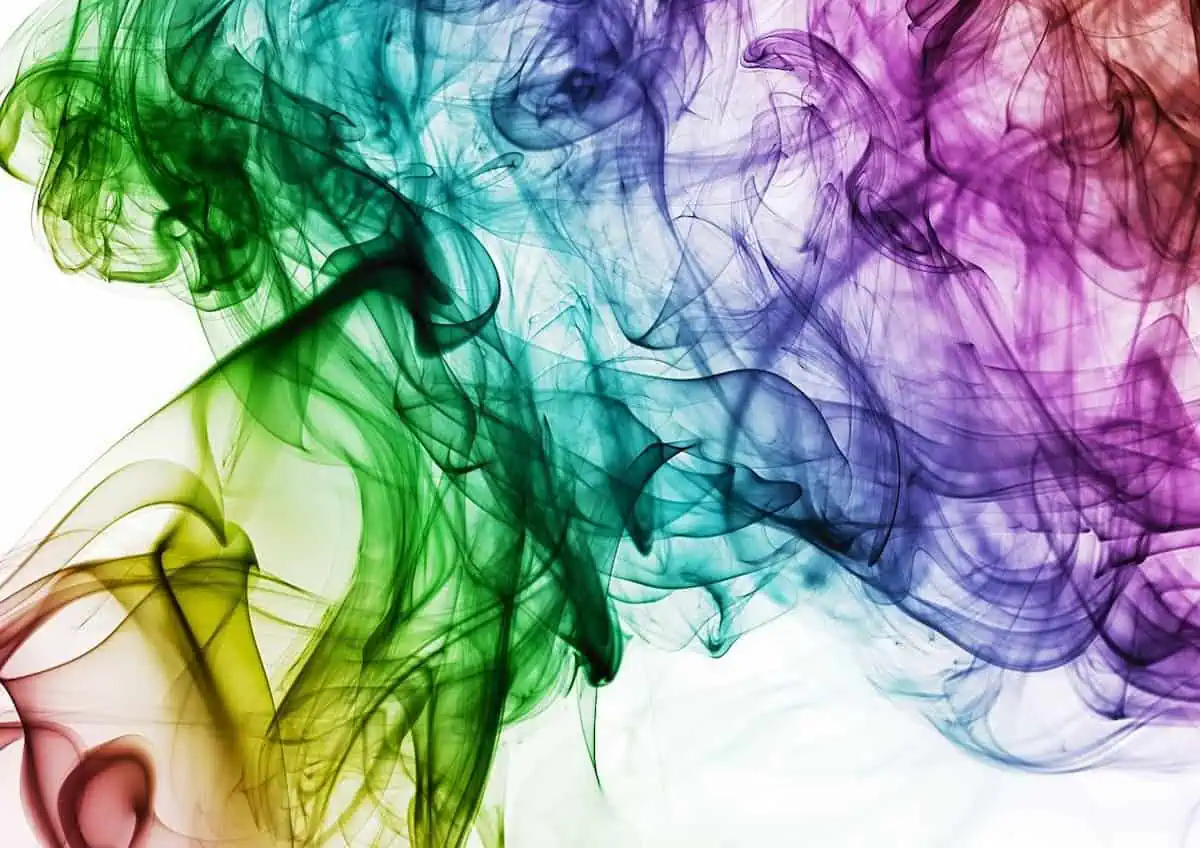Colors wield significant influence over human emotions and behaviors, and this extends to the realm of business. From branding and marketing to workplace environment and customer experience, colors can alter perceptions, drive engagement, and even affect sales.
Understanding the psychology behind colors and strategically incorporating them into business operations can yield substantial benefits.
Branding and Marketing
One of the most evident areas where colors impact business is branding. Colors are often the first thing consumers notice about a brand, and they help create a lasting impression.
For instance, red is associated with excitement, energy, and urgency, making it an effective color for clearance sales and fast food restaurants. Blue conveys trust, dependability, and professionalism, which is why financial institutions and tech companies commonly use it.
Brand identity is reinforced through the consistent use of colors across all marketing materials, from logos to advertisements.
For example, Coca-Cola’s red and white color scheme is instantly recognizable and evokes feelings of joy and refreshment. Similarly, the green and white of Starbucks promotes relaxation and a connection with nature.
Customer Behavior and Sales
Colors can also influence customer behavior and purchasing decisions. Research indicates that colors can affect how consumers perceive products and their likelihood of making a purchase.
For example, warm colors like red, orange, and yellow can stimulate appetite and create a sense of urgency, which is why they are often used in restaurants and sale signs. Cool colors like blue and green are calming and can encourage leisurely shopping and spending more time in stores.
Moreover, colors can guide customers through a store or website, highlighting important information or calls to action. For example, a brightly colored “Buy Now” button on a website can attract more clicks compared to a duller color.
Workplace Environment
The impact of colors extends to the workplace, where they can influence employee productivity, creativity, and well-being. For instance, blue is known to enhance focus and efficiency, making it a good choice for offices where tasks require deep concentration.
Green, associated with nature, can reduce eye strain and promote a sense of calm, which is beneficial in high-stress environments. When choosing a uniform for employees, you can be careful of your color choice to ensure you project the right atmosphere; for instance you can find complete chef uniforms available here in many different colors.
On the other hand, yellow can stimulate creativity and optimism, making it suitable for creative industries like advertising and design. However, it should be used sparingly as it can also cause eye strain and agitation if overused.
Cultural Considerations
It’s important to note that color perceptions can vary significantly across different cultures, which can impact international business operations. For example, while white is associated with purity and peace in Western cultures, it can signify mourning and death in some Eastern cultures.
Therefore, businesses operating globally must consider cultural nuances when choosing branding and marketing colors.
Digital and Online Presence
In the digital age, the impact of colors is even more pronounced in online business environments. The scheme of a website can influence user experience, readability, and navigation.
High contrast colors improve readability and can make important information stand out, while a harmonious color palette can create a pleasant user experience and encourage longer visits.
Conclusion
Colors are crucial in numerous business aspects, from shaping customer behavior and boosting sales to enhancing employee productivity and defining brand identity.
By comprehending the psychological impacts of various colors and applying them strategically, businesses can develop more effective marketing campaigns, cultivate a productive work environment, and establish a strong, recognizable brand.
Therefore, the strategic use of colors transcends aesthetic considerations, representing a vital business decision that can profoundly influence success.
Article and permission to publish here provided by Carol Trehearn. Originally written for Supply Chain Game Changer and published on June 27, 2024.
Cover image by Chris Martin from Pixabay.

